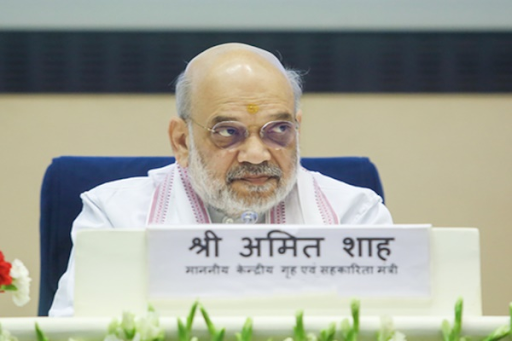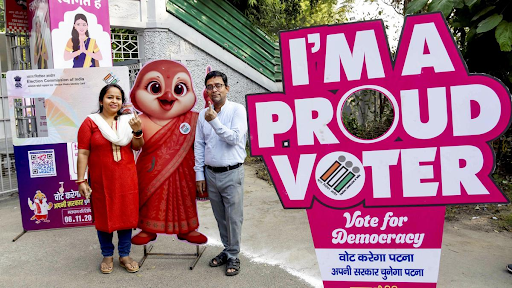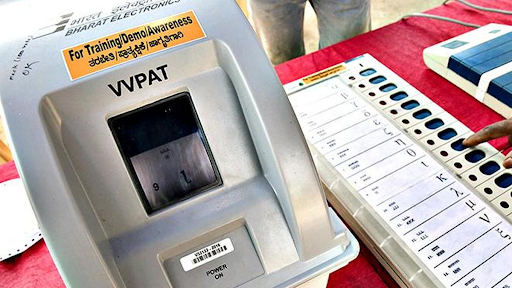Description
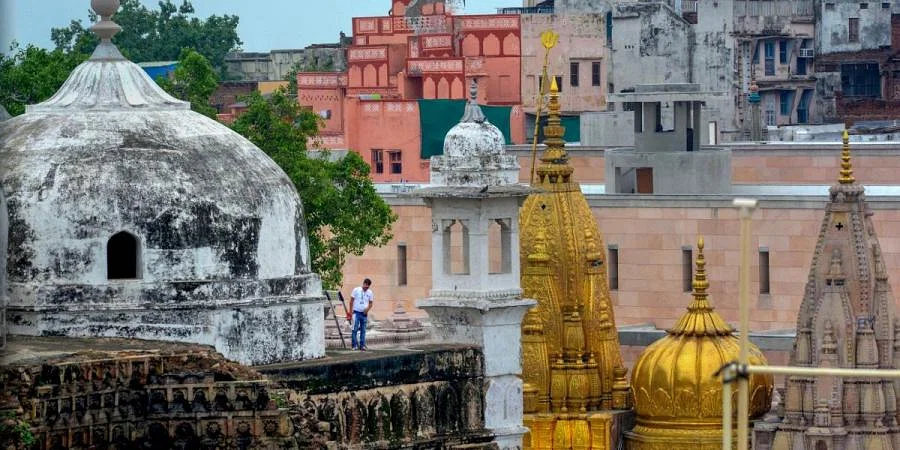
Copyright infringement not intended
Picture Courtesy: www.newindianexpress.com
Context: The Gyanvapi mosque case centres on the complex ownership and historical claims surrounding the Gyanvapi mosque in Varanasi, situated right next to the iconic Kashi Vishwanath temple.
Details
- Hindu petitioners assert that the Gyanvapi mosque stands on the original site of an ancient Hindu temple dedicated to Lord Shiva, demolished by Mughal emperor Aurangzeb in the 17th century to build the mosque. They seek permission for worship within the mosque compound.
- The Anjuman Intezamia Masjid Committee, managing the Gyanvapi mosque, contends it's been a mosque for centuries and the Places of Worship Act, 1991, prohibits changing the religious character of any place of worship existing as of August 15, 1947.
The Places of Worship Act 1991
- The Places of Worship Act, 1991 is a law enacted by the Parliament of India to prohibit the conversion of any place of worship and to maintain the religious character of any place of worship as it existed on August 15, 1947, the day India attained independence.
- The Act was passed in the aftermath of the Babri Masjid demolition in 1992, which sparked communal riots across the country. The Act aimed to preserve communal harmony and respect the sentiments of all religious communities in India.

The main features of the Act are:
- It bars the conversion of any place of worship, such as a temple, mosque, church, gurudwara, or monastery, into a place of worship of a different religious denomination or sect.
- It declares that the religious character of a place of worship existing on August 15, 1947 shall continue to be the same as it was on that day.
- It abates any pending legal proceedings regarding the conversion of the religious character of any place of worship before August 15, 1947, and prohibits any new suits or appeals on this matter.
- It exempts certain places from its purview, such as ancient monuments and archaeological sites covered by another law, places of worship that have been settled or resolved by mutual agreement or court verdicts, and the Ram Janmabhoomi-Babri Masjid site in Ayodhya, which is subject to a separate legislation.
- It prescribes penalties for violating the provisions of the Act, including imprisonment for up to three years and a fine.
The significance of the Act is:
- It seeks to uphold the secular fabric of India and protect the rights and interests of all religious communities.
- It aims to prevent further disputes and conflicts over places of worship that may disturb the public order and peace.
- It reflects the commitment of the Indian state to respect the historical and cultural legacy of various faiths and their places of worship.
The challenges faced by the Act are:
- It has been challenged in the Supreme Court by some petitioners who claim that it violates their fundamental rights to religion, equality, and judicial review. They contend that the Act is arbitrary, discriminatory, and unconstitutional.
- It has been questioned by some critics who argue that it ignores the historical injustices and encroachments suffered by some religious groups before August 15, 1947. They assert that the Act denies them the opportunity to reclaim and restore their places of worship.
- It has been opposed by some groups who demand that certain places of worship be converted or reclaimed by their respective communities. They allege that the Act favours one community over others and undermines their religious sentiments.
The way forward for the Act is:
- To uphold the validity and sanctity of the Act as a legislative measure to safeguard the secular ethos and pluralistic culture of India.
- To ensure the effective implementation and enforcement of the Act by the authorities and prevent any violations or attempts to alter the status quo of places of worship.
- To promote dialogue and reconciliation among different religious communities and foster mutual respect and tolerance for their beliefs and practices.
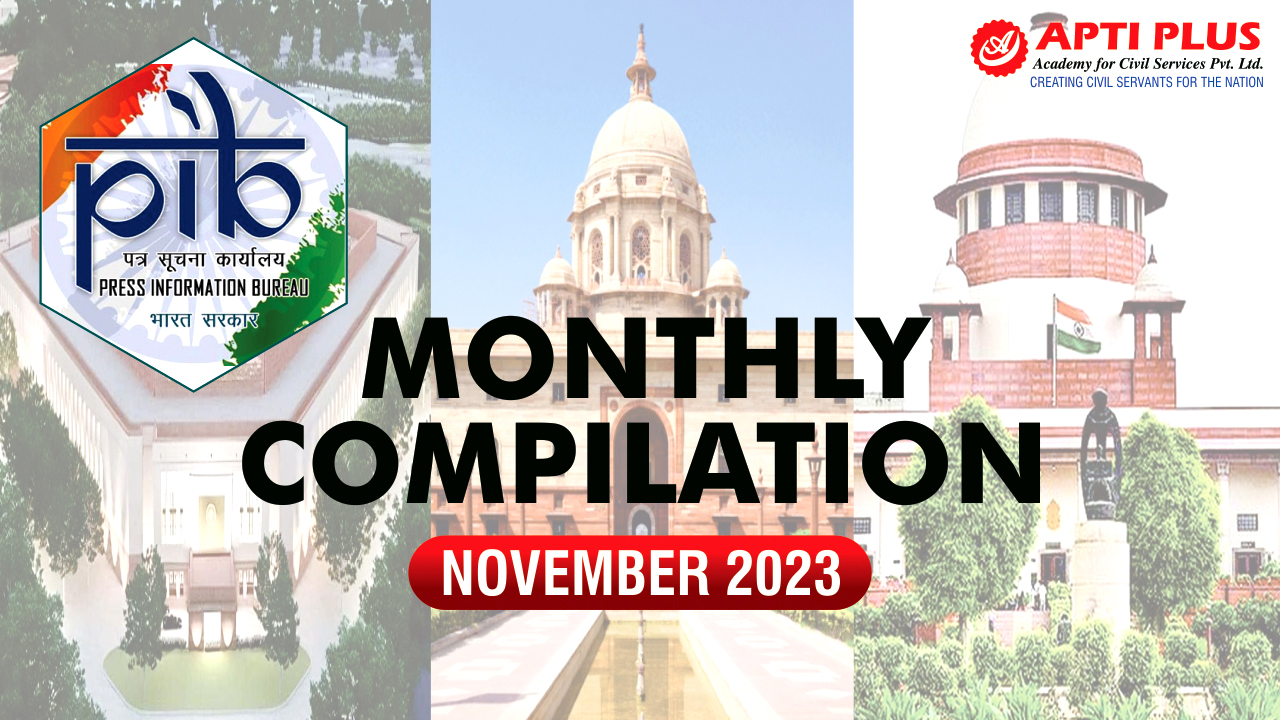
Must Read Articles:
Places Of Worship Act 1991: https://www.iasgyan.in/daily-current-affairs/places-of-worship-act-1991-9#:~:text=The%20act%20prohibits%20conversion%20of,and%20harmony%20in%20the%20country.
|
PRACTICE QUESTION
Q. How do the Places of Worship Act 1991 aim to maintain the religious character of places of worship in India, and what are some of the challenges it faces in achieving its objectives?
|






